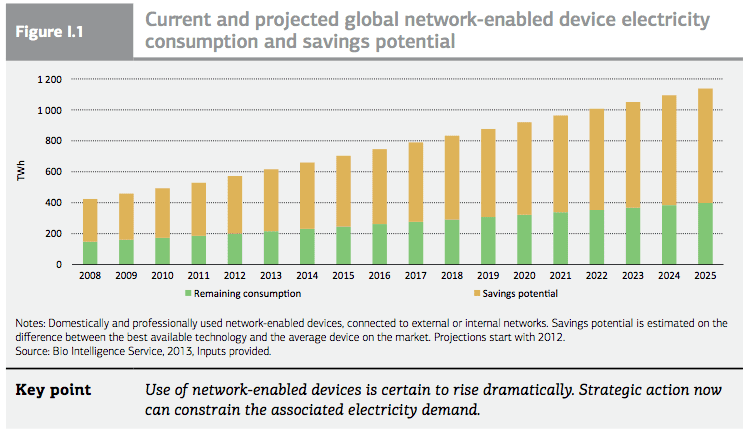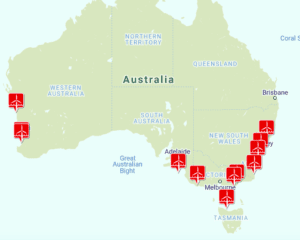A new report by the International Energy Agency has warned that inefficient use of network-connected devices is costing the world tens of billions a year in wasted energy – a cost that could blow out even further by 2020, or be drastically reduced through a variety of simply measures, ready to implemented now.
The IEA report, More Data, Less Energy: Making Network Standby More Efficient in Billions of Connected Devices, estimates that the world’s 14 billion or so online electronic devices – set-top boxes, modems, printers, game consoles – currently waste around $US80 billion each year due to inefficient technology; a cost that could balloon to $120 billion by 2020.
As the report explains, much of this problem comes down to inefficient “network standby” – the maintaining of a network connection while in standby.
“In many devices, standby is a misnomer,” says the report: “it suggests that the device has gone to sleep and is almost off. In reality, most network-enabled devices draw as much power in this mode as when activated to perform their main tasks.”
Each network-enabled device draws energy all the time, as does the entire network infrastructure that keeps devices connected, says the report. In 2013, it says, the world’s networked devices consumed around 616 terawatt hours (TWh) of electricity, the majority of which was used in standby mode.
Of that total, around 400TWh – equivalent to the electricity consumed annually by the UK and Norway combined – was wasted because of inefficient technology.
But according to the IEA, the solution to this problem is relatively simple, using measures that can be implemented now, resulting in massive savings of energy and money.
Equipping all newtork-enabled devices with energy efficient components, and enabling them to drop to low power modes when not performing their primary functions, can slash their overall energy demand, the report says.
“Just by using today’s best available technology, such devices could perform exactly the same tasks in standby while consuming around 65 per cent less power,” says IEA executive director Maria Van der Hoeven.
And while some devices need to be fully operational all the time, others can be made to power down without negative impacts on their ability to
provide network-related functions and services. 
The report describes technologies and technical solutions as well as a range of policy options that are available to reduce energy waste. It projects that if better energy efficiency measures were applied to online devices in the coming years, 600 TWh of energy could be saved – equivalent to shutting 200 standard 500MW coal-fired power plants.
In the report, the IEA calls on policy makers, standards development organisations, software and hardware developers, designers, service providers and manufacturers to work together to reduce energy demand. To achieve this, the agency urges an international initiative to enhance standards, as the issue is global.











